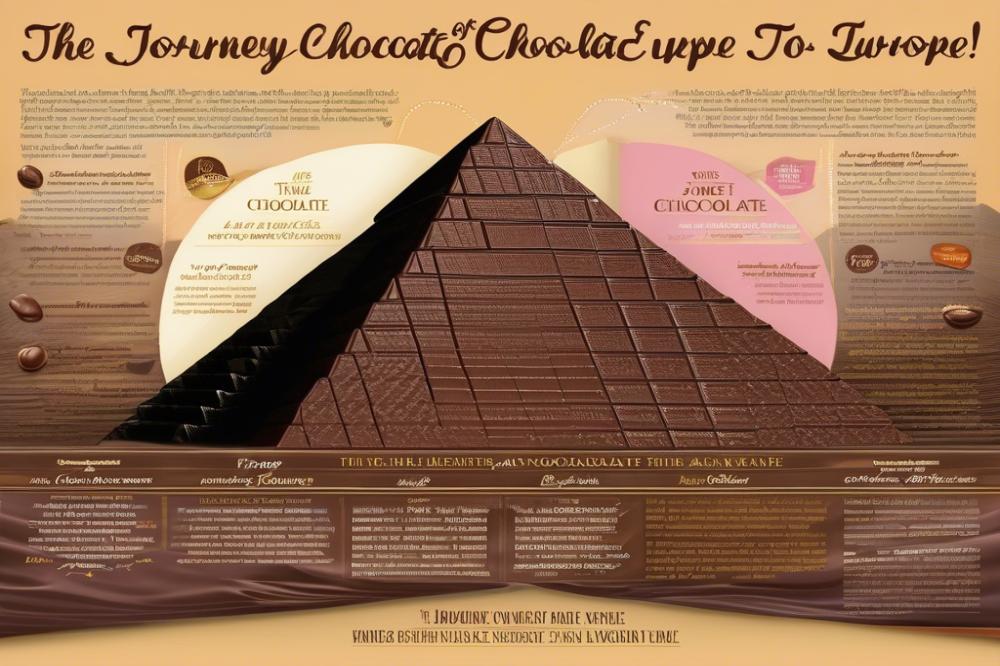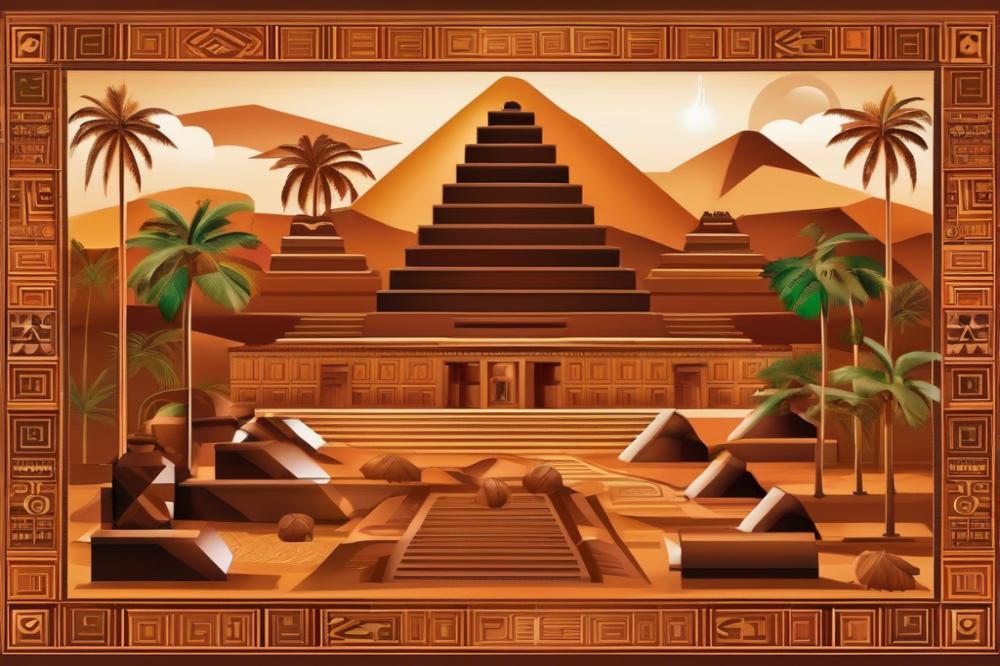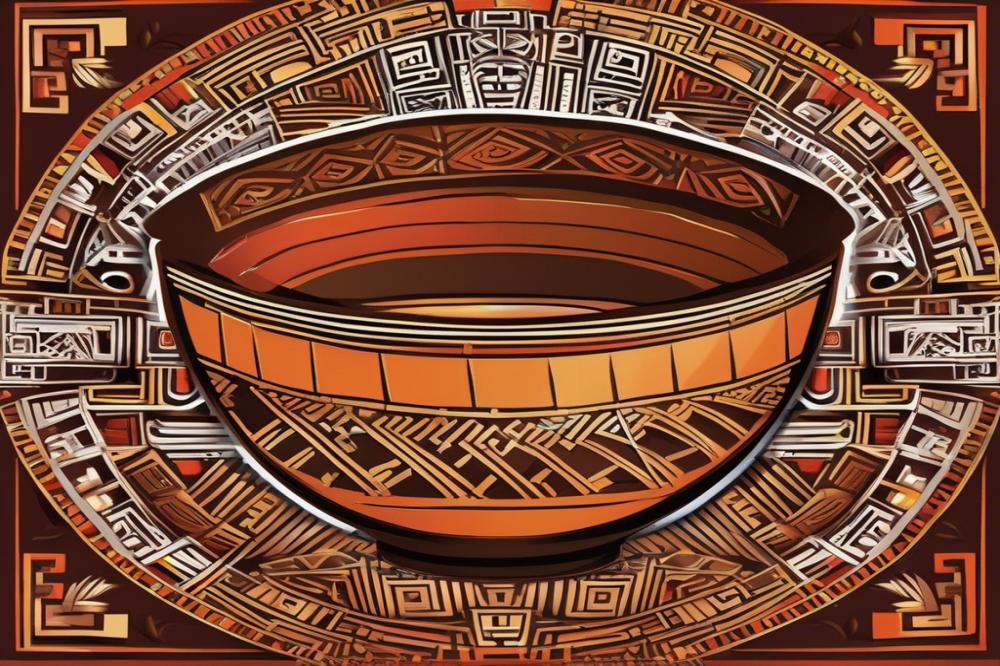The Journey of Chocolate to Europe: A Sweet discovery
Chocolate has enchanted taste buds and hearts through centuries. Its allure is not just in its rich flavor but also in the intriguing history surrounding it. The story begins with cacao, a precious seed nurtured by ancient civilizations. Originating from the tropical lands of the Americas, cacao was revered by the Aztecs, who considered it a divine gift. They used it to prepare a bitter drink, often flavored with spices, that fueled their culture and represented luxury.
As explorers embarked on daunting journeys across oceans, they stumbled upon this unique treasure. In the 16th century, the delight of cacao captured the attention of Spanish conquistadors and soon spread across Europe. Transforming from a traditional drink to a sweet dessert, chocolate became a fashionable indulgence among the elite. Through trade routes, its popularity blossomed, leading to variations that appealed to different tastes and preferences.
The connection of chocolate to exploration and discovery laid the groundwork for its rightful place in European culture. As time went on, it morphed into a symbol of decadence and pleasure. People began to see it not just as a treat but as an integral part of social gatherings. This journey from Mesoamerican legend to European table reflects the evolution of a beloved delicacy, weaving through history and connecting diverse cultures along the way.
The Discovery of Cacao
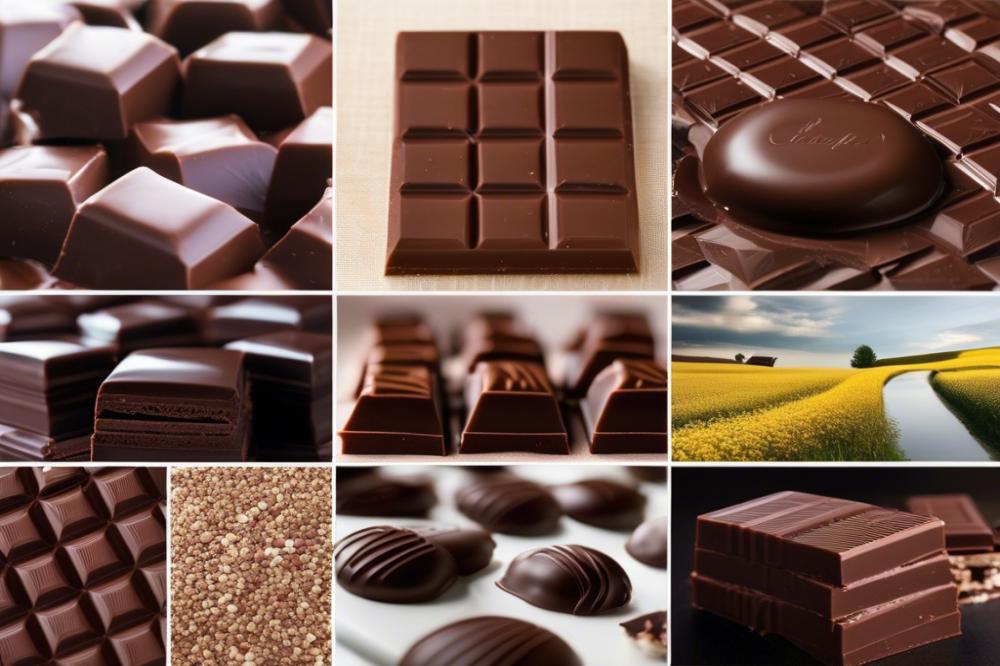
The story of cacao begins deep in Mesoamerica. Ancient civilizations, such as the Olmecs, were the first to cultivate this precious bean. From the very start, its potential captivated the people. They used cacao in religious rituals, highlighting its importance in their culture.
The Aztecs, in particular, held cacao in high regard. For them, chocolate was not merely a drink; it was a symbol of wealth and power. They prepared a unique beverage from cacao beans that was often flavored with spices. This drink was served during important ceremonies and was considered an indulgence reserved for the elite. How remarkable that such a simple ingredient could hold such significance!
Cacao also played a key role in trade among indigenous tribes. Due to its value, it became a form of currency. Tribes exchanged cacao beans for goods and services. This unique practice showcased its importance in everyday life. Imagine the bustling markets where cacao beans flowed as a means of trade. The richness of its history is fascinating.
As explorers ventured into this region, they discovered the magic of cacao. This journey would soon lead to its introduction to Spain. The once obscure drink began to evolve into a delightful dessert, gaining popularity across Europe. Cacao’s journey from the jungles of Mesoamerica to the halls of royalty in Spain is a testament to its allure.
This exploration of cacao not only changed the way people enjoyed sweets but also interconnected cultures. Its role in Mesoamerican life set the stage for an everlasting impact on the world. With each sip of that ancient beverage, one can trace the incredible history and cultural significance of cacao.
The Transition to Europe
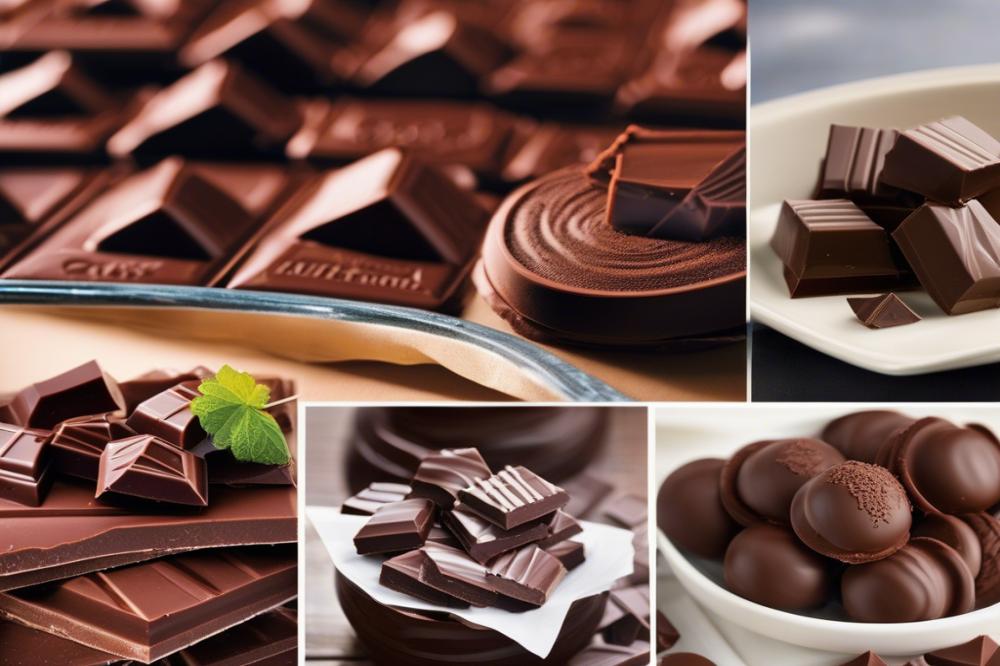
During the 16th century, Spanish explorers embarked on thrilling journeys through the Americas. These expeditions paved the way for incredible discoveries, one of which was the delightful drink made from cacao beans. After the conquest of the Aztec Empire, Spanish conquerors returned home, bringing this exotic beverage with them. The Aztecs had long enjoyed this concoction, often spiced and sweetened, as part of their rich culture.
When the drink first arrived in Spain, reactions varied. Some noble families were intrigued, while others found it strange. Its bold flavor and dark color were unfamiliar to many. Soon, though, it became a favored beverage among the elite. The initial bitterness was softened by adding sugar and spices, appealing to European tastes. This blend marked the start of a new culinary adventure.
As time went on, this indulgence transitioned from a luxury for the wealthy to a common treat enjoyed by all. The Spanish adapted the drink into their dessert traditions, frequently serving it at lavish banquets. Trade routes began to flourish, expanding the reach of cacao across Europe. Countries like France and Italy quickly followed suit, each adding their own flair. Chocolate houses, akin to today’s coffee shops, began to emerge, becoming centers of social life.
The rich history of this cocoa drink reflects a profound cultural shift. From its origins among the Aztecs to its place in European society, chocolate has evolved significantly. Each sip taken in Spain sparked a revolution in how people experienced flavors. This remarkable transition showcases the power of exploration and the blending of diverse traditions, making the journey of chocolate to Europe a truly sweet discovery.
Chocolate as a Dessert and Indulgence

The journey of cacao began as a bitter beverage with the Aztecs. They revered it for its energizing properties and used it in ceremonies. However, this drink was not the sweet delight we know today. When the Spanish discovered this unique beverage, they brought it back to Europe. This marked a significant moment in history, as flavor preferences soon evolved.
With time, the traditional drink underwent a magical transformation. People began experimenting with sugar and spices, creating something entirely new. By the 17th century, recipes were flourishing and sweet concoctions started to emerge. The blend of cacao and sugar led to a new world of dessert offerings. Rich chocolates filled with cream or nuts captivated many and changed culinary culture.
As chocolate desserts gained popularity, a new cultural phenomenon arose—the chocolate house. These establishments quickly became social hubs in cities across Europe. Friends would gather to indulge in sweet treats and sip on creamy drinks. The atmosphere was vibrant, filled with laughter and conversation. Chocolate houses played a crucial role in shaping society during the Age of Enlightenment.
The trade of cacao expanded significantly during this time, ensuring a steady supply for these popular venues. People from all walks of life found pleasure in these delightful desserts. Furthermore, chocolate houses sparked intellectual discussions about art, literature, and politics. They became essential spots for networking and exchanging ideas. What began as a simple drink evolved into a social and cultural staple.
The Trade and Growth of Chocolate Culture
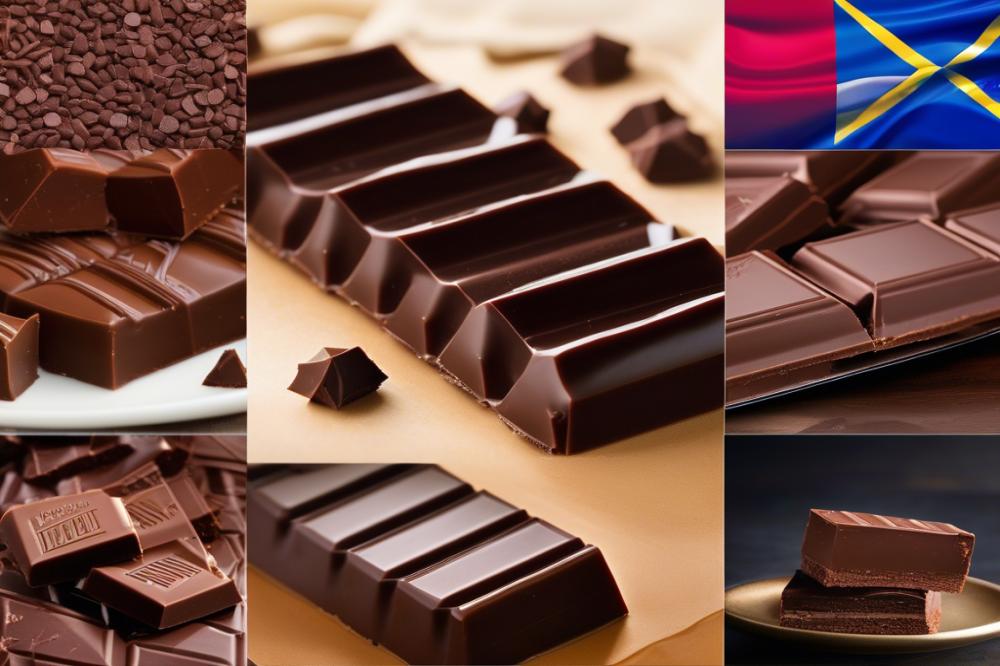
The establishment of cacao plantations in colonies marked a significant shift in the history of this once obscure product. These plantations thrived in tropical regions, allowing for large-scale production. The Aztecs cherished cacao as a sacred food, but its journey into Europe transformed it into a decadent indulgence fit for royalty. Spain led the charge, introducing this rich bean to the continent and igniting a passion for sweet treats.
Trade routes played a crucial role in the spread and expansion of the chocolate industry. Ships laden with cacao beans sailed across the Atlantic, connecting the New World with Europe. As demand grew, more plantations sprang up, resulting in increased production that could satisfy the cravings of the elite. It wasn’t just about a new flavor; it was about an entire culture being shaped around this unique product.
Cultural differences in consumption soon emerged, showcasing how diverse Europe truly was. In Spain, chocolate was often enjoyed as a drink, spiced with chilies and flavored with vanilla. However, in France, it became a beloved dessert, incorporated into pastries and enriched with cream. Other countries developed their own versions, creating a patchwork of chocolate culture across the continent. Each region found its own way to savor this delightful treat, leading to a variety of recipes and styles.
Exploration into cacao’s potential extended beyond just beverages. The dessert industry began to explode with creativity. Chocolatiers experimented with solid forms, creating bars that delighted both the eyes and taste buds. As this industry flourished, cacao became more than a drink; it evolved into a versatile ingredient that captured the imagination of chefs and home bakers alike.
This journey of trade and cultural adaptation illustrates how a simple discovery changed the fabric of European dessert culture forever. Enthusiasm for this once-foreign product grew rapidly, making it an integral part of culinary history and daily life.
Chocolate Today
Modern chocolate production is an impressive feat of craftsmanship and innovation. This sweet product has become a global phenomenon, enjoyed by millions. It originated from the cacao beans used by the Aztecs, who revered it as a drink of the gods. Over time, trade routes expanded, allowing chocolate to journey from its native lands to places like Spain. In Europe, it was transformed from a bitter beverage to the sweet dessert we cherish today.
Current trends reflect a rich blend of flavors and recipes. Chefs and home bakers experiment with various ingredients. They mix spicy chili, fruity notes, and even savory elements to create an exciting experience. These unique combinations remind us of the ongoing exploration of this beloved treat. People no longer settle for just milk or dark options. Instead, they seek out artisan varieties, often sourced from specific regions to highlight the different tastes of cacao.
Chocolate’s historical journey continues to influence its place in contemporary culture. Celebrations often feature desserts rich in this delightful ingredient. Birthdays, holidays, and special occasions are seldom complete without it. This indulgence not only satisfies cravings but also brings people together. Sharing a bar or a box of chocolates can spark joy and create lasting memories.
As we savor each piece, we acknowledge the path it took through history, from the Aztecs to modern-day sweets. Its presence in our lives is more than a simple treat. It embodies the spirit of exploration, cultural exchange, and the joy of indulgence. Today, chocolate is more than a food; it’s a symbol of love, comfort, and celebration in a fast-paced world.
The Sweet Legacy of Chocolate
The journey of chocolate from Mesoamerica to Europe is nothing short of remarkable. This tasty treat changed dramatically as it crossed the ocean. It started as a bitter beverage, enjoyed by ancient civilizations, and evolved into the sweet bars and confections we know today. This remarkable transformation reflects its deep history and cultural significance.
Each step of this journey illustrates the power of discovery. As explorers brought cacao beans back to Europe, they ignited a passion that would influence food culture for generations. What began as a privilege for the elite soon became a beloved delight for people everywhere. The introduction of sugar made it even more appealing, creating a new sensation that captured hearts and taste buds.
Trade played a huge role in spreading this indulgence. As demand grew, so did the trade networks that brought chocolate to markets across Europe. Customs and culinary practices also adapted, allowing local flavors to blend with this exotic ingredient. Chocolate became a staple in celebrations and everyday life, proving that it can unite people in joy and enjoyment.
While trends have changed, the love for this treat remains strong. Many people still see it as a symbol of indulgence. Whether given as a gift or enjoyed as a personal treat, it continues to deliver happiness. In a world where moments of joy are precious, this special discovery has carved its place in our hearts and traditions.
In summary, the journey of this beloved food is a testament to its lasting impact on culture and trade. Its evolution reflects not just changing tastes but also the interconnectedness of peoples and traditions. As we savor each bite, we can appreciate the rich history that chocolate carries along with it. Nothing can replace the delight it brings to our lives.

